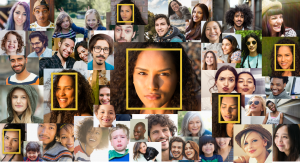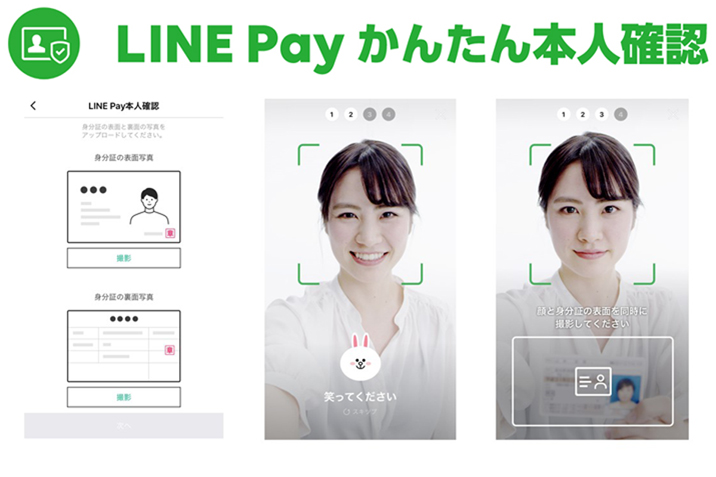
2 Factor Authentication (2FA) has been widely used to identify if the registration is a genuine one or not. Most of us will expect to have at least one mobile per person so that the login belongs to the right person with 2FA technology.
Well 2FA gives you the protection to identify the login belongs to the right person, but it will not prevent multiple sign up for the same person. In order to reduce the fraud registration, most of the enterprise level application will require to go through the know you customer (KYC) process in order to complete the registration, with the current technology available KYC process has turned into eKYC. Users only need to submit all the required personal documents including submit their “selfie” via the mobile / web application, the system at the backend will automatically process and approve, in comparison, KYC process requires days to complete but eKYC can be done within a few minutes.

As for today, startup or smaller players are able to do their own eKYC operation easily with the aids of face recognition technologies. This helps companies to create their own instant eKYC operation to make sure the registration is legit and to prevent multiple registration from the same users.
Face recognition technology has been widely used in China in the past few years. The algorithm is relatively mature and getting better and better in accuracy. Most of the tech giants in China provide similar services to allow smaller parties to utilise their face recognition API for multiple usage.
Most of the companies used face recognition technologies for:
- Human validation. In order to prevent robot processes, they will need to make sure that the person behind the registration is exactly the same person that is doing the sign up.
- Secure login. 2FA can be manipulated easily with today’s technologies, another layer of security is to have the person to snap its own photo and submit along while logging in the system.
- Profiling. Most of the face recognition API providers provide the ability to return the “assumption” data of that particular face. The data includes some demographic details like gender and age and also the facial expression description of the face. It can’t be 100% accurate, the machine is like a person who meets you for the first time and guesses your particulars based on the first impression.
Just Google “face recognition API” you will realise how easy it is to “upgrade” your app with a face recognition feature. There are several open source & paid services available in the market.
Open source version:
- Opencv – Real time computer vision recognition programming library. https://opencv.org/
- Openface – Open source face recognition with deep neural networks. https://github.com/cmusatyalab/openface
Other paid service providers
- Microsoft cognitive service – https://azure.microsoft.com/en-us/services/cognitive-services/face/
- Baidu 人面识别 – https://ai.baidu.com/tech/face
- Alibaba Cloud 人面识别 – https://cn.aliyun.com/product/bigdata/product/face
- Tencent 人面识别 – https://cloud.tencent.com/product/facerecognition
- Huawei 人面识别 – https://www.huaweicloud.com/product/face.html
There are more service providers available in the market as it’s getting common and this will be widely used by many applications all around the world. https://rapidapi.com/blog/top-facial-recognition-apis/
Keen to have your web/mobile application integrate with face recognition technology? Talk to us now.
